Ask AI on The Internet
Question: Define the key physics principal of “Conservation of Energy.” Energy cannot be transferred or reversed, but solidified from one form to another. Energy cannot be created or destroyed, but transferred from one form to another. Energy cannot be lost or found, but given to one form or another. Energy cannot be translated or transferred, but manipulated from one form to another.
The key physics principle of “Conservation of Energy” can be defined as: Energy cannot be created or destroyed, but transferred from one form to another. This principle is fundamental in physics and means that the total amount of energy in an isolated system remains constant, although it may change forms, such as from kinetic energy to potential energy or from mechanical energy to thermal energy.
Think your answer is better than the AI's? Post it below.
Question Tags
If you want your question answered by an AI, click here.
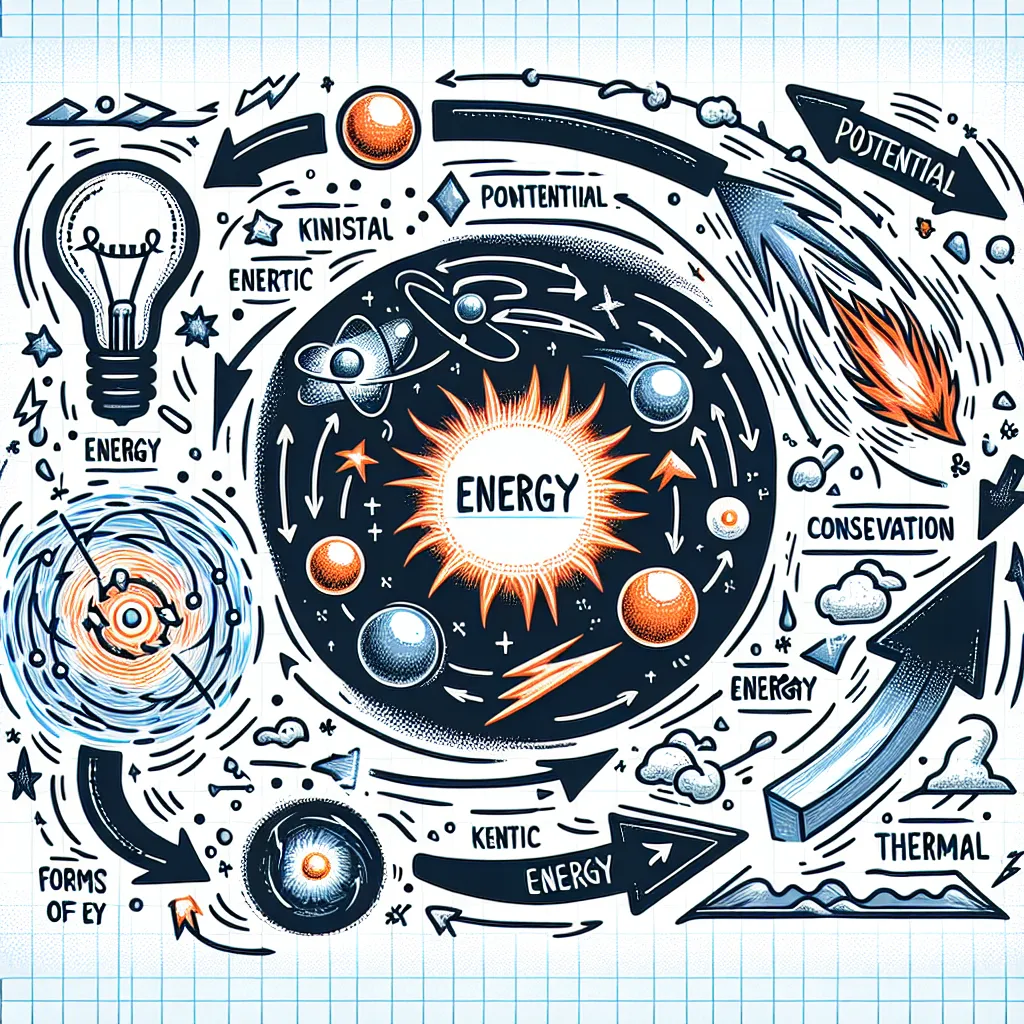
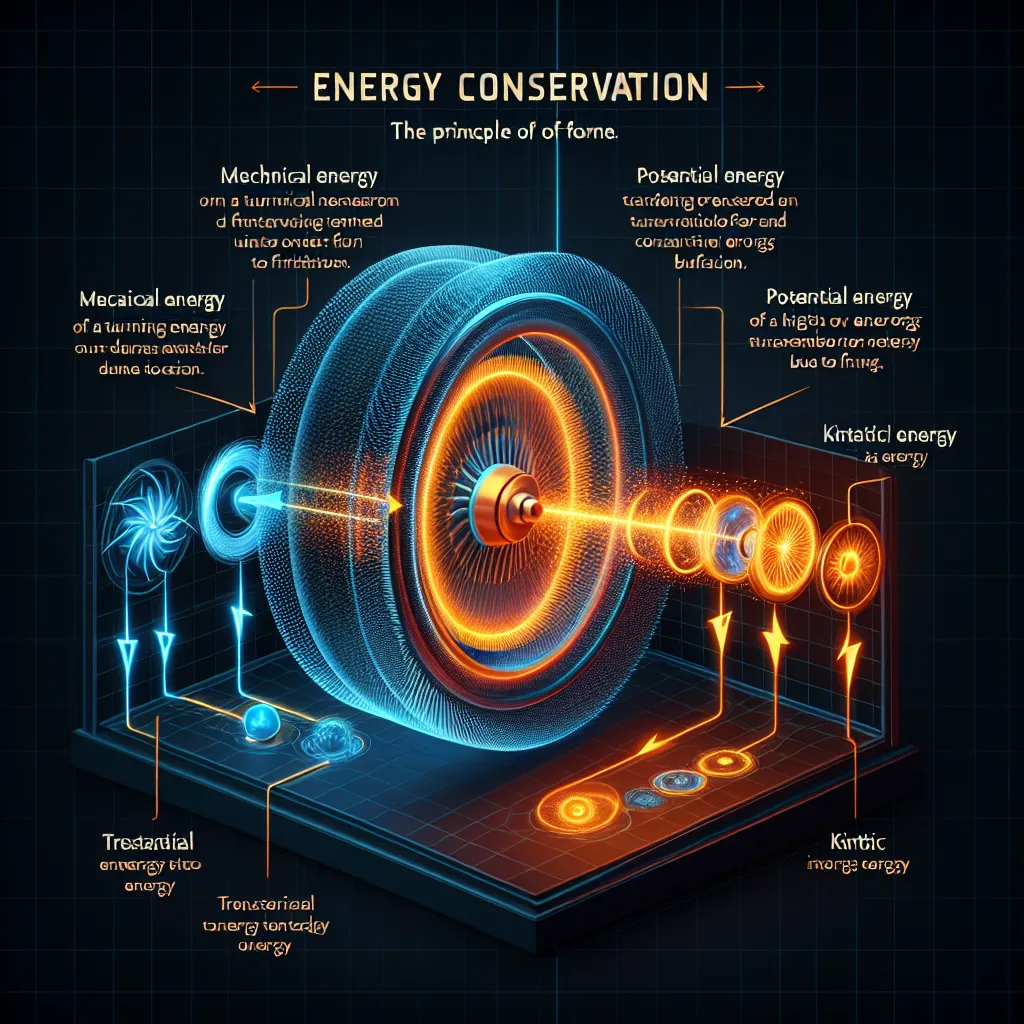
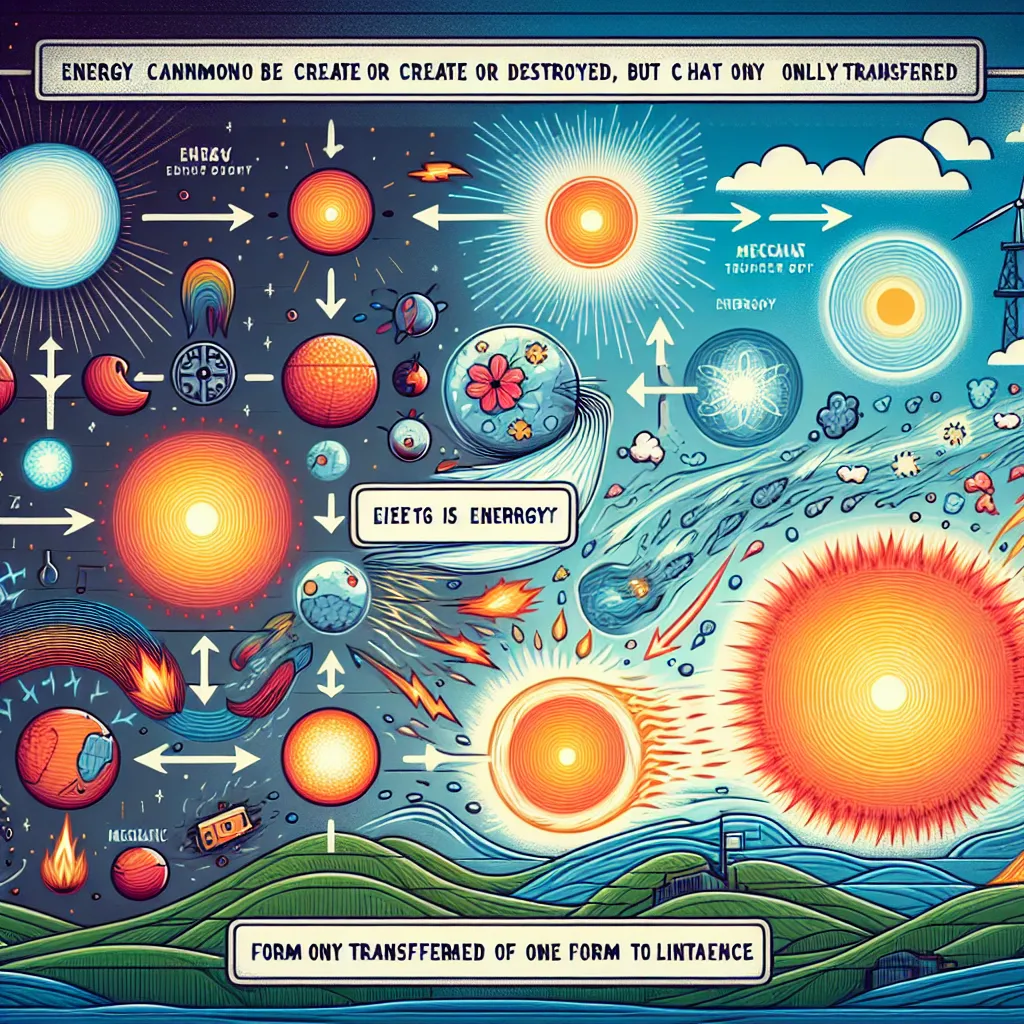
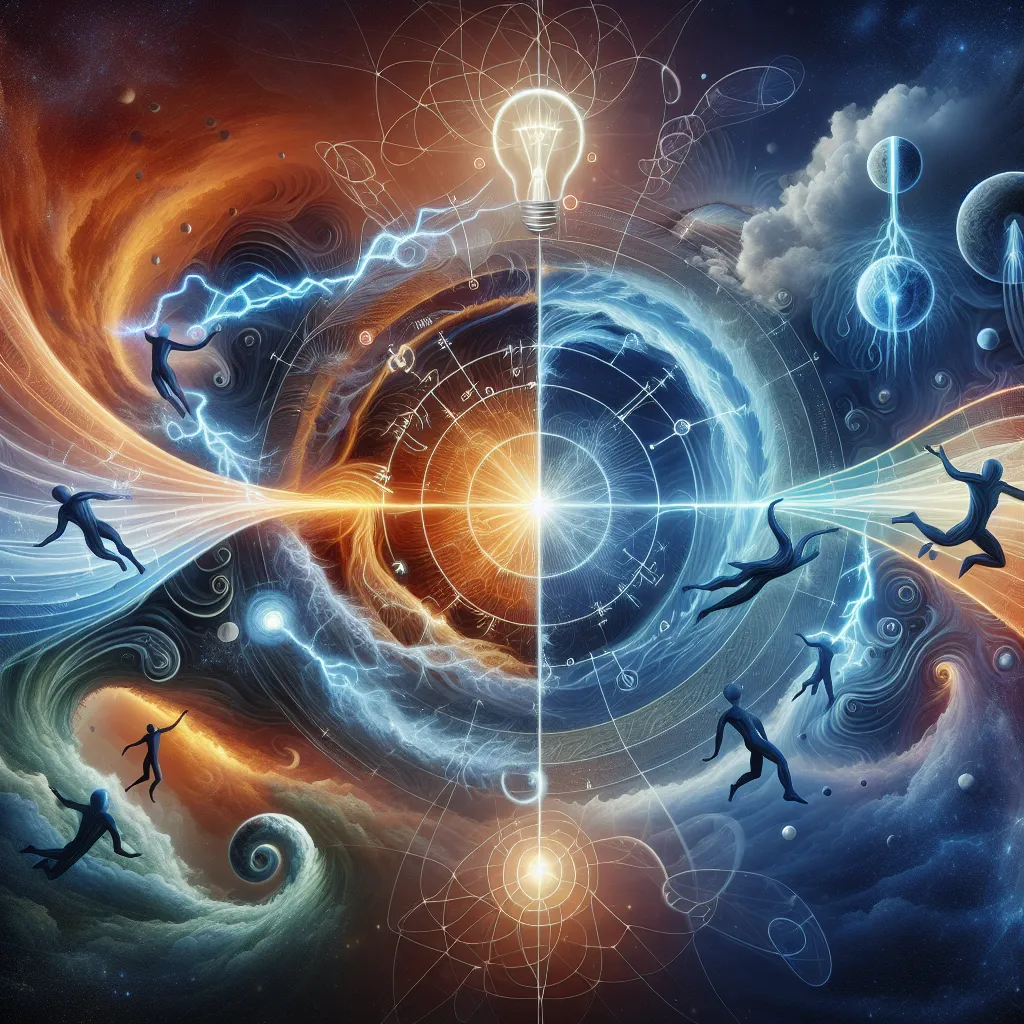


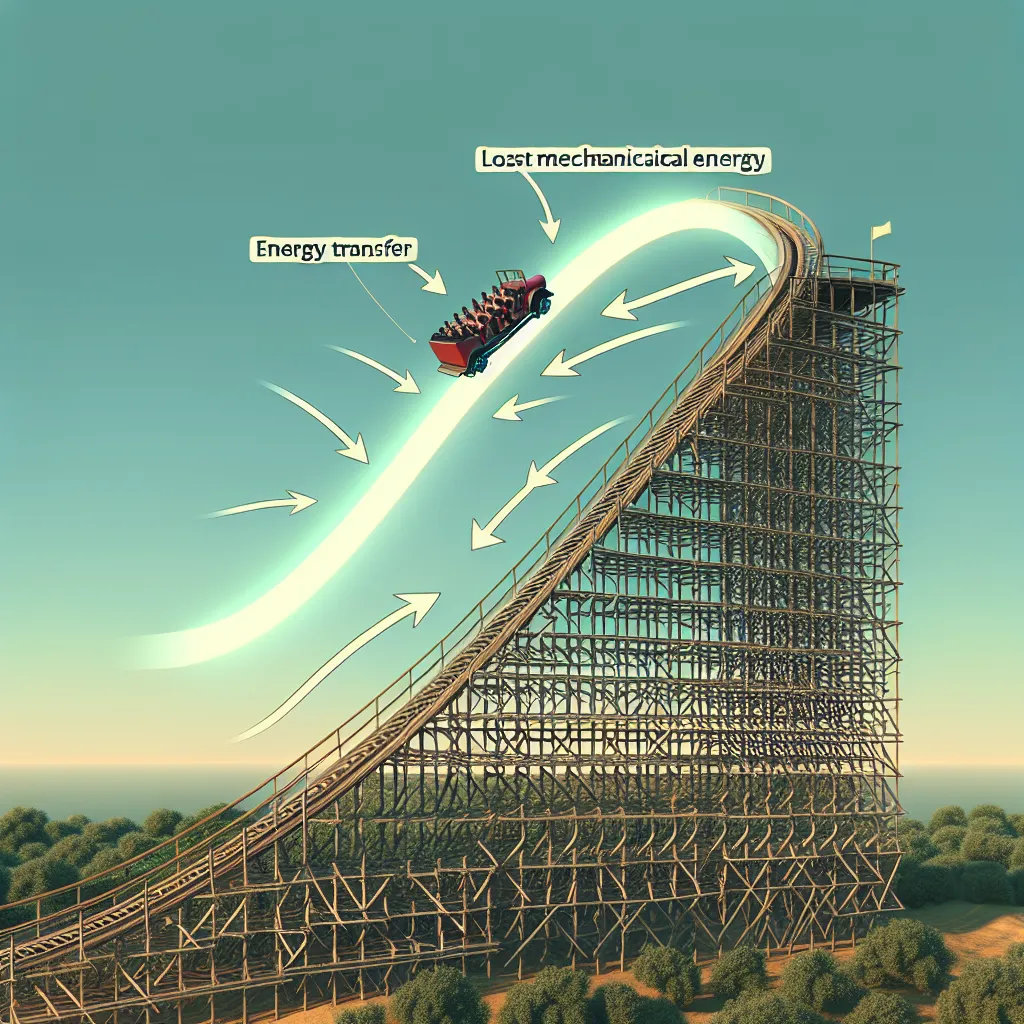
Post your own comment: